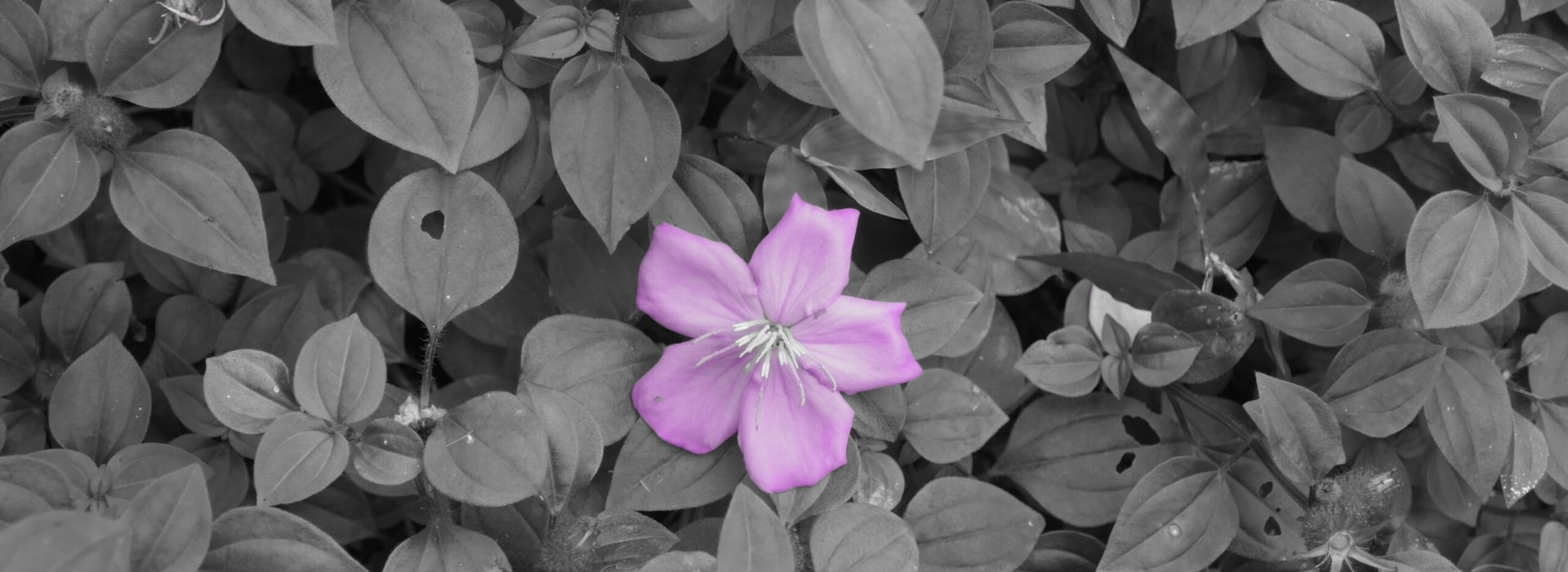Discover the people living in Taveuni, the Garden of Fiji

The Fijian people
Bula!
Click on the section of your interest or scroll down to read all
Society
In the late 19th century Fiji became a British colony and the colonial government, to maintain good relationship with the Indigenous Fijians, prohibited their employment as plantation labourers. Cheap labourers, known as Girmityas, from the poorest part of British India were transported to Fiji with a five year contract. Many them however remained in the country at the end of their contract and became a relevant ethnic group in Fiji. Today the population is predominantly divided between native Fijians (53%) and Indo-Fijians (38%).
The history of independent Fiji (1970) has been characterized by political and economical turmoil. Indeed, Fijians experienced four coups in the last 50 years: in 1987, 2000, 2006, and 2009; in this latter year, Fiji became the first nation ever to have been suspended from participation in the Pacific Islands Forum and the Commonwealth of Nations, for its failure to hold democratic elections.
The latest general elections were run in 2022 and the elected Prime Minister was Sitiveni Rabuka, who was actually the colonel behind the first of two military coups in 1987: he wanted to reassert ethnic Fijian supremacy, following the 1987 election, which had brought an Indo-Fijian dominated government to power. His intentions haven’t changed.
The general feeling we got talking to the Fijian (Fijian) is that they think Indo-Fijian are good at business but should stay away from politics so as not to threat the Fijian culture.
We personally think that Fiji is an example of a ex-colonial state where two populations were forced to coexist but never really integrate. Walking around you can clearly see how two cultures live side by side, and the only cultural mix you get is when it comes to food, as some recipes were quietly borrowed from one another.
The recent economic uncertainty has made the relationship between the two predominant ethnic groups particularly tense and over the last few decades a large number of people, predominantly Indo-Fijians, left the country.
When it comes to languages, everyone speaks English, but Indigenous Fijians do not speak Fiji-Hindi and Indo-Fijian do not speak Fijian.
Today, the role of the president of the country is only for Indigenous Fijians

Indigenous Fijians
Indigenous Fijians are believed to have arrived in Fiji approximately 3500 years ago from Western Melanesia. Today, the indigenous Fijian society still maintain vivid the original tribal characteristics. Every village has its own chief, also known as Tui. To become a chief you need to belong to a royal family and, when the chief dies, the title is passed to the oldest male of the family. There are also chiefs of the district and of provinces. Taveuni is in the Cakaudrove province and its chief, called Tui Cakau, resides in Somosomo, the chiefly village.
Originally each clan populated one village and each clan has its own specific role in the Fijian society. There were the Bati (warriors/chief bodyguards), the gonedau (fishermen), the Matanivanua (chief spokesmen), the Sauturana (chief advisors), the Bete (priest) and Mataisau (carpenter). Today some people leave their clans but in the village people still know what is their role according to the traditional Fijian way of living.

We were in the Taveuni village of Wii Wii, which originally was the village of fishermen under the chief of the district that resides in Naiselesele.
Kava is a crop of the pacific islands and its roots are used to produce a drink with sedative, anesthetic and euphoriant properties. Traditionally the drink was reserved for chiefs and priests; nowadays gathering around a kawa bowl is an essential part of the Fijian life.
The powder roots of the Kava and wrapped in a cloth and mixed in water in a Tanoa. The resulting infusion looks like muddy water. Before serving, the kava master will ask you if you want to fill the glass with “low” or “high tide” and will offer you some kava in a small coconut shell called bilo. Before getting the bilo you are supposed to say “Bula” and, once you finish, clap you hands three times.
Kava is only very mildly narcotic and after a few drinks you may feel slight numbness of your lips. However, if you drink a lot of kava you can actually get drunk. Today a lot of Fijians drink kava on regular basis.
When visiting a village, Kava is presented as a gift to the chief of the village to be accepted in the village. The gift is called sevusevu in Fijian.

Fijians tend to have big families and you will see a lot of kids running around the villages. Since very young age, they start helping at home cooking, cleaning or farming.
This is PJ. He likes his own village and would like to remain there. He doesn’t love school and prefers horse riding, free diving and rooster hunting (apparently hunting wild rooster is a thing in Taveuni). He is very shy and if you end up in Wii Wii you will hardly hear his voice but, despite his young age, he is an extremely responsible kid and we would love to meet him again one day.

Did you know?
Taveuni is home to one of the rarest flowers in the world. Indeed, the flower, called Tagimoucia (pronounced Tahng-ee-mow-theea), is found only in Taveuni on a mountain ridge around a high altitude lake, where it blooms for less than three months a year. Tangimoucia features prominently in the Fijian folk and popular culture, several songs have been dedicated to this flower and Tangimoucia-depicting dresses are often used during weddings. Despite its popularity, many Fijians have never seen the flower.
Tagimoucia is a vine flower that climb trees in search of sunlight. It typically blooms from November to January donating the typical red and white colour to the all mountain around the lake Tagimoucia. To reach the lake, you need to climb the mountain and cross a section of very muddy and thick rain forest.
According to the legend, once upon a time there was a princess in Vanua Levu who felt in love with a man but her father had promised her to another one. The princess, sad for her father’s decision, lover left the village and escaped to Taveuni where she stop nearby a lake at the top of the mountain and started crying. The warriors of the village searched the princess for days and, when they arrived at the lake Tangimoucia, they only found the flower that had grown from the tears of the desperate princess.
The flower was then taken to Vanua Levu to be transplant, but the carrier open his hand, there was no folwer, just its smell. That’s why the tagimoucia has no smell. But, it is said, that you can smell it in Vanua Levu.
Over the years several attempts to transplant the flowers to other part of Fiji and the world have been made. So far, none of them have been successful.

Health
On Taveuni there are two health centres, one Waiyevo and one in Vuna, and two nursing centres, one in Vuna and the other one in Bouma. The closest hospital is located Savusavu, on Vanua Levu.
Despite recent improvements, health conditions in Fiji remain precarious. Indeed, life expectancy remains under the world average and, in 2022, the infant mortality rate was almost 20 per 1000 live births.
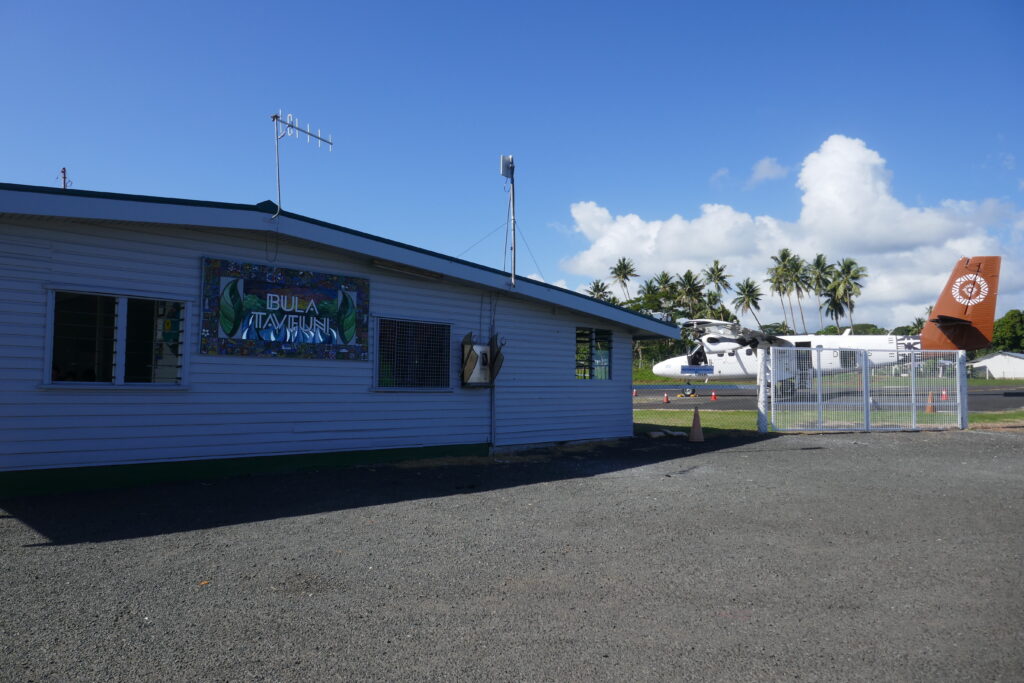
Education
Fijian education system comprises 8 years of primary school and 4 of secondary school or college.
Every village has its own primary school, secondary schools are generally located in bigger villages and cover a district. The universities are located on the main island, Viti Levu.
There are Fijians schools and Indo-Fijian schools. Fijian language is mandatory during primary school then kids can choose whether to continue studying it or not. Many Indo-Fijians speak very little or no Fijian at all, they speak a version of Hindi, called Fiji Hindi.
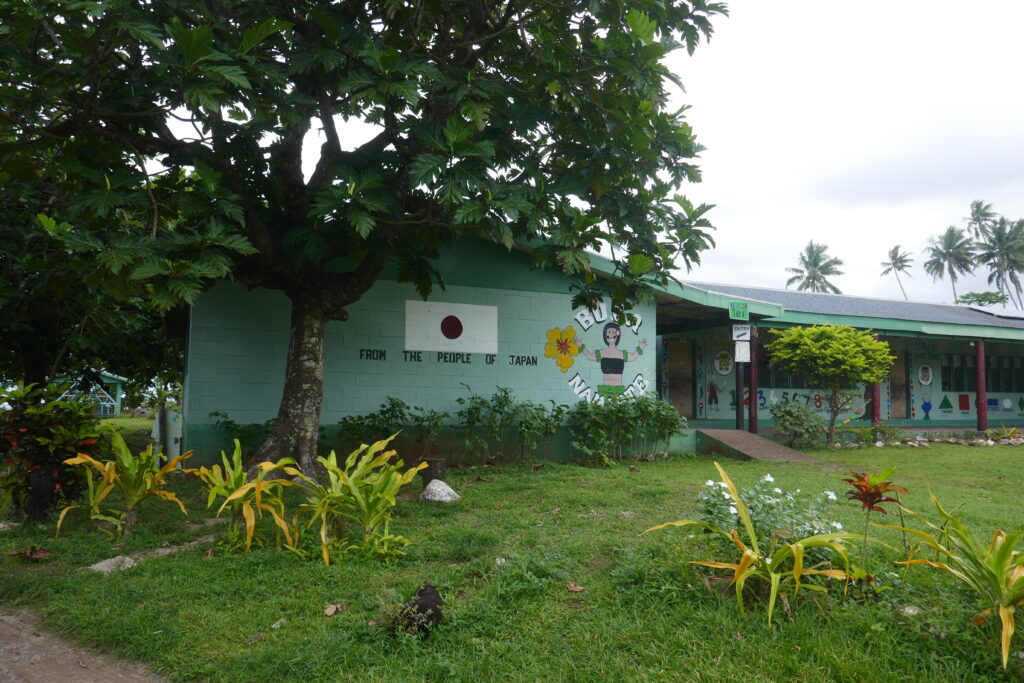
Women
Violence against women is a diffuse problem in Fiji, which is one the countries with the highest rate of gender-based violence in the world. Since the coup d’etàt in 2006 the situation for women has gotten worst, especially in the public sector. In many cases, traditional and religious practices, like bulubulu, have also been responsible for the softening of the sentences or the total absolution of the violence perpetrators.
Several NGOs, like Fiji Women Crisis Centre, now offer support to women victim of violence or educate communities about violence.
Today, many Taveuni women work at resorts, some others work in the farm or stay at home looking after the kids.
The society is changing though, some Fijian women are even pilots (pics)!

LGBTQ
Similarly to the Fa’afafine in Samoa, Fijian people have traditionally recognised and accepted a third gender in their society. Indeed, the Vakasalewalewa (from Fijian “acting in a manner of a woman”) are male individuals with feminine expressions that always existed among Fijians. The arrival of the western missionaries and the conversion to Christianity of the population has profoundly changed the vision of sexuality within the Fijian society.
In 1997, Fiji became one of the first countries to explicitly condemned discrimination based on sexual orientation. The constitution was then changed over the years and today, despite officially LGBTQ rights are protected, gender based violence is not uncommon. In 2023, same sex marriage was still illegal in Fiji.
There is a LGBTQ community in Taveuni but it is often hidden. Many homosexuals prefer to have families rather to fight against social discrimination.

Climate change
As the other Pacific nations, Fiji is on the frontline in the fight against climate change. Contrary to other islands in the Pacific, many settlements of Taveuni are not right on the coast and, so far, no villages have been relocated. However, we were told that the crops have been affected and the cyclones have been stronger than usual.
The islands of Kioa and Rabi, nearby Taveuni, are two islands populated by migrants from the Pacific islands. Kioa is populated by migrants from Tuvalu, while Rabu is home for a displaced Banaban community from Kiribati. In 2005 the Fijian government decided to grant full citizenship for both islanders who cannot go back to their countries that are slowly sinking.
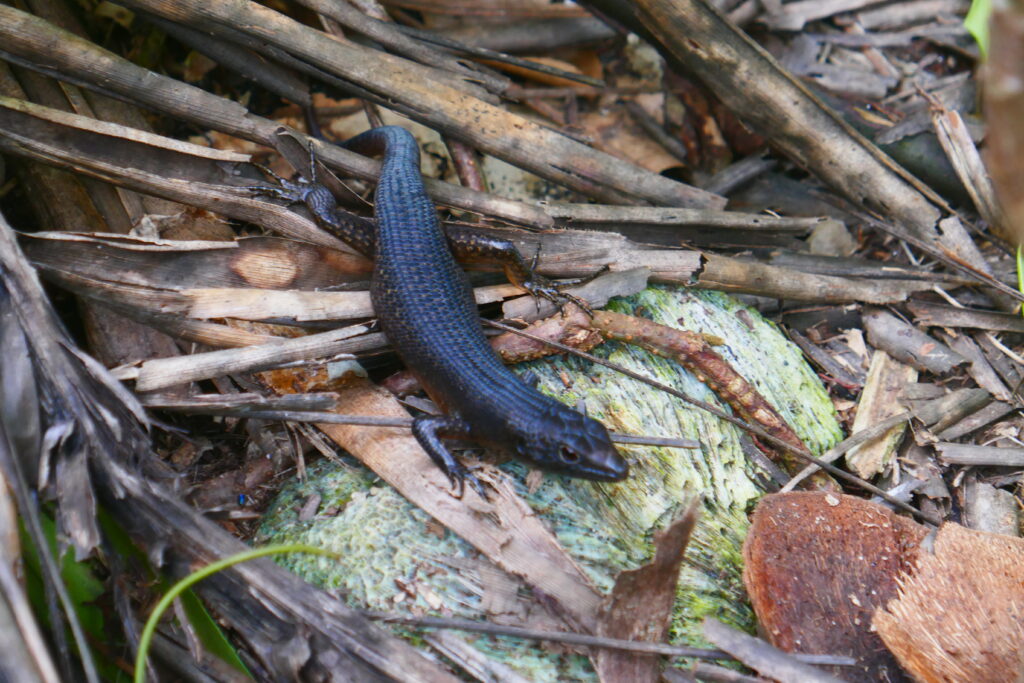

Food
Rice, Cassava, fish, taro and plenty of tropical fruits are the based of the Indigenous Fijian cuisine. Like many other Pacific people, even Fijians have their own traditional oven called Lovo, predominantly used on Sunday. Thanks to our host in Taveuni we had amazing food every day and Fiji is the Pacific country where we had the best food. Fijians everyday food is called Roti, which can be vegetarian or not. Be aware that in the non vegetarian one there may be bones…didn’t love that.
Indo-Fijians cuisine is very close to the cuisine of the south of India, with mild curries with coconut cream. You will find Indian food predominantly on the main island, Viti Levu.

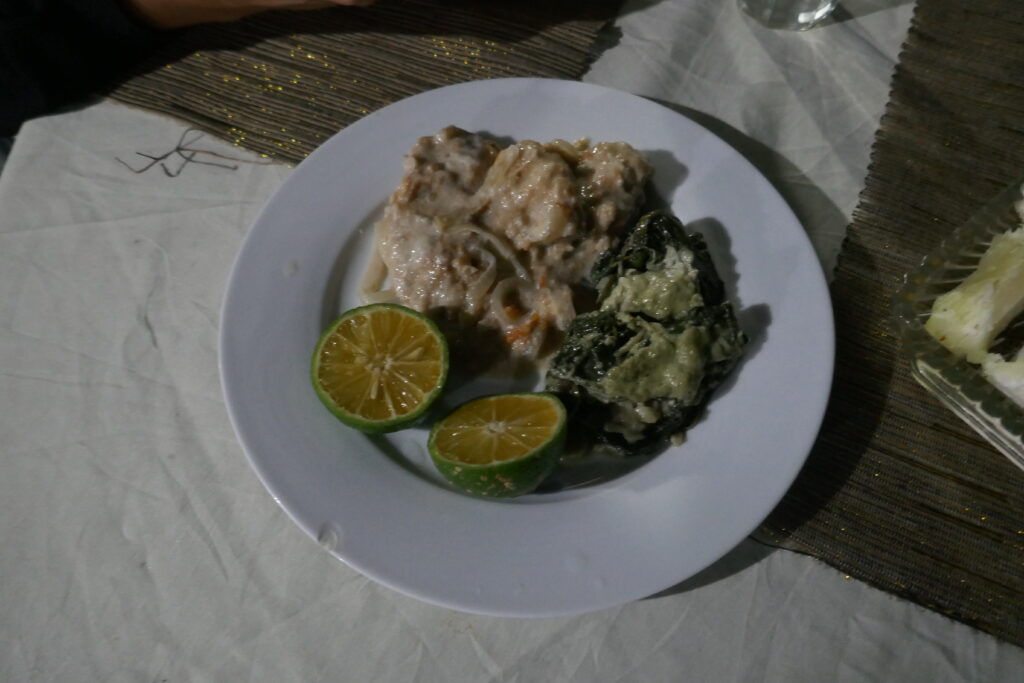

Did you know?
If you visit a Fijian village you are not allowed to wear a hat, the head is considered sacred and only chiefs can wear a hat.
Also don’t forget to remove your sunglasses, to dress modestly and offer Kava, as sevusevu for the chief.
